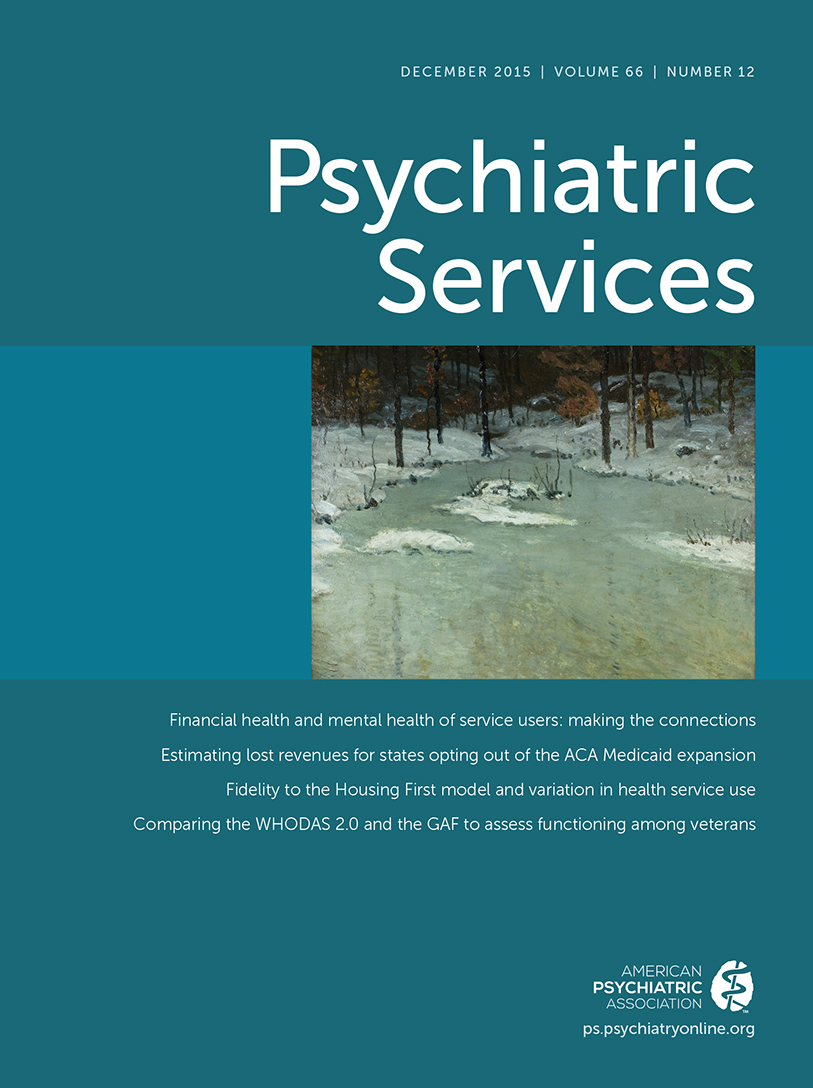Variation in the Relationship Between Mental Illness and Residential Transience by Race-Ethnicity
Abstract
Objective:
This study examined the relationship between residential transience (moving frequently) and mental illness.
Methods:
The analyses used data for approximately 154,400 adults from the 2008–2011 National Survey on Drug Use and Health. Logistic regression was used to evaluate the odds of transience among all adults and by race-ethnicity.
Results:
Residential transience was more prevalent among adults with mental illness versus adults without mental illness (5.7% versus 1.9%, p<.001). In adjusted models, the odds of transience were twice as high among adults with mental illness (odds ratio=1.99, 95% confidence interval=1.81–2.19) versus those without mental illness. This association differed by race-ethnicity. Among adults reporting multiple races, having a mental illness was associated with a fourfold increase in odds of transience.
Conclusions:
Residential transience may be a concern for adults with mental illness, particularly those of multiple races. Further studies should examine whether transience is associated with difficulties in accessing care.



